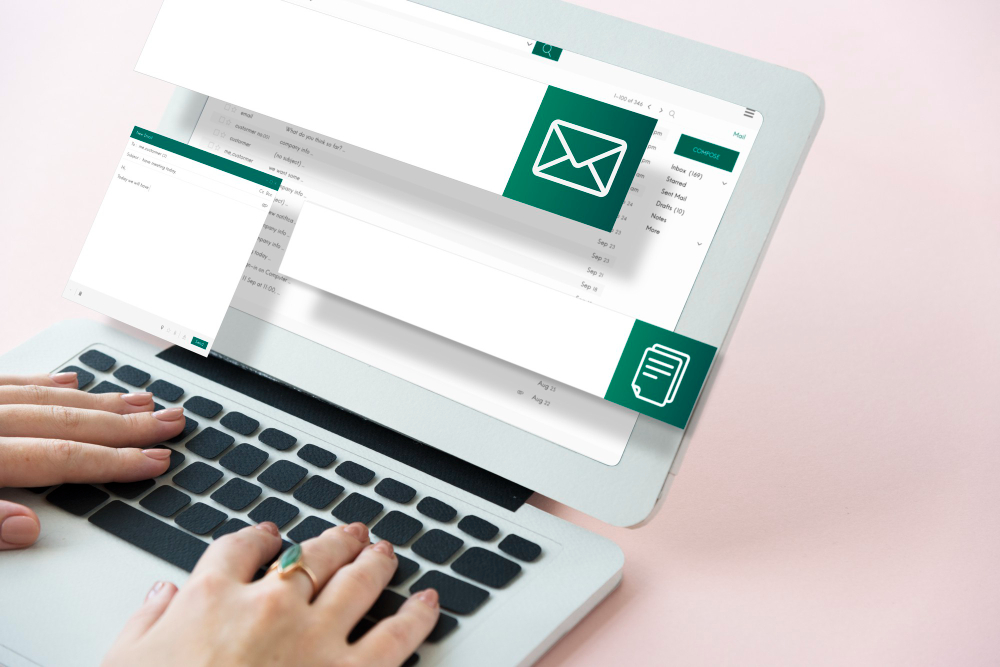Tips for Using Images in Email Design

When incorporating images into your email design, optimizing them correctly can significantly impact engagement levels and visual appeal. From resizing and compressing images for faster loading speeds to ensuring consistent branding elements, there are several crucial factors to consider. However, the true power lies in understanding how personalized images and visual storytelling can truly elevate your email campaigns.
By strategically leveraging images to captivate your audience's attention and enhance the overall user experience, you can unlock the full potential of your email marketing efforts.
Image Optimization Techniques
When optimizing images for email design, it's recommended to resize them to at least twice the display size for improved sharpness and compress them to 600-800 kb for faster loading times.
In HTML emails, remember to include alt text for accessibility purposes. Selecting the appropriate image format, such as JPG, PNG images, or GIF, ensures compatibility across different email clients.
It's important to keep image sizes in check to prevent slow loading times, which may impact recipient engagement. By adhering to these image optimization practices in emails, you can enhance visual appeal while ensuring optimal performance on various devices.
Experimenting with image placements can help determine the layout that resonates best with your audience.
Branding With Images
Developing a strong brand identity in email design involves integrating consistent brand colors and logos into images. To effectively establish brand presence through images, consider the following strategies:
- Consistent Brand Colors: Utilize the designated colors of your brand to maintain a unified visual identity across your email designs.
- Logo Inclusion: Ensure that your logo is prominently displayed in email images to facilitate instant brand recognition among recipients.
- Branded Elements: Incorporate fonts and design elements that align with your brand's aesthetics to create a cohesive and recognizable visual language.
- Target Audience Alignment: Select imagery that resonates with your target audience and reflects your brand values, thereby reinforcing your brand messaging effectively.
User Experience Enhancement
Enhancing user experience in email design involves optimizing images for various devices to maintain consistent display quality. Incorporating alt text is essential for improving accessibility, especially for visually impaired users.
Implementing visual hierarchy aids users in navigating through email content smoothly, while increasing image contrast can notably enhance readability and user engagement.
Aligning images with branding elements establishes a unified visual identity and reinforces brand recognition.
Email Marketing Strategies
Enhancing email marketing campaigns with high-quality images can significantly improve engagement and conversion rates. Here are some key considerations for effectively using images in your email marketing strategy:
- Personalized images can help increase engagement rates: Tailoring images to individual recipients based on their preferences or past interactions can make your emails more relevant and compelling.
- Maintaining a consistent brand identity through images: Using images that align with your brand's visual style and messaging helps reinforce brand recognition and trust among subscribers.
- Optimizing email size to avoid image blocking: Ensuring that images are appropriately sized and optimized for different devices can prevent them from being blocked or distorted, improving the overall user experience.
- Experimenting with different image types to gauge audience response: Testing various types of images, such as product shots, lifestyle images, or infographics, can help identify what resonates best with your audience and drives higher engagement.
SEO and Image Best Practices
Incorporating descriptive filenames and alt text in images is crucial for optimizing SEO and boosting visibility in search results.
To improve website performance, consider compressing images for quicker loading times and implementing responsive images for better cross-device display.
Image captions offer context and can enhance SEO by including relevant keywords.
Utilizing structured data for image search optimization can significantly increase your visibility in search engines.
By adhering to these image best practices, you can enhance user experience, drive engagement, and attract more traffic to your website.
Attention to detail is key in optimizing images for SEO and enhancing your online presence.
Conclusion
In conclusion, remember to optimize your images for fast loading times, maintain consistent branding, and enhance user experience in your email designs.
By following these tips, you can improve engagement and make a lasting impact on your audience.
Keep experimenting with personalized images and stay mindful of SEO best practices to maximize the effectiveness of your email marketing strategy.
Happy designing!
